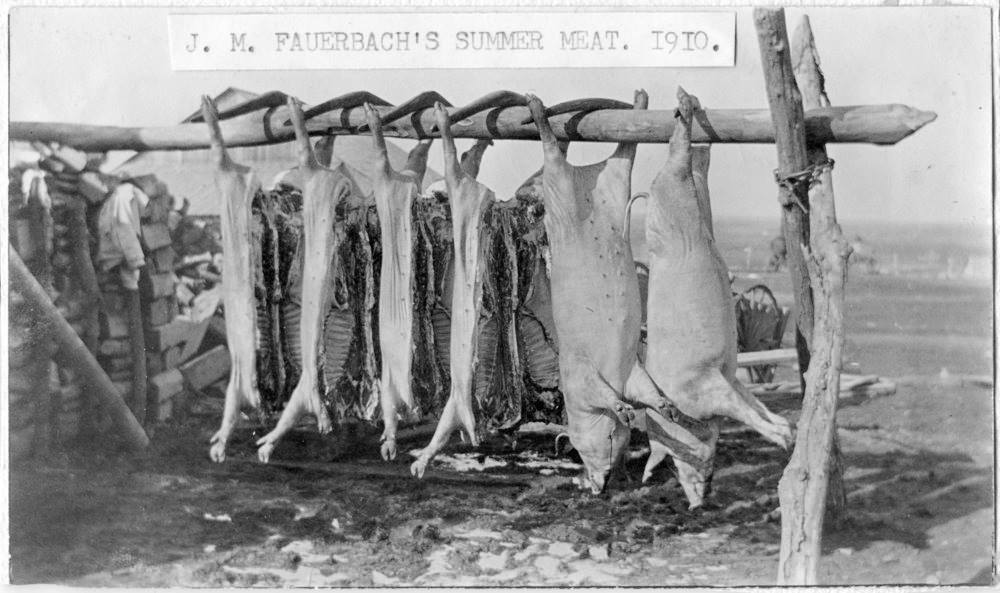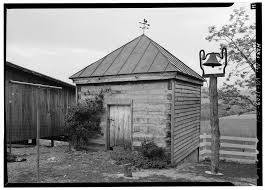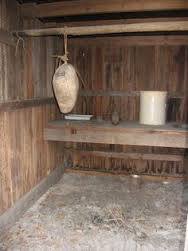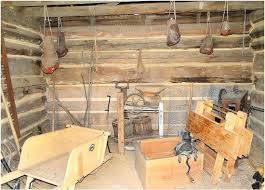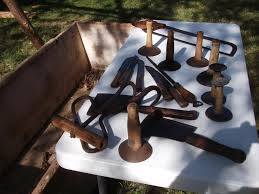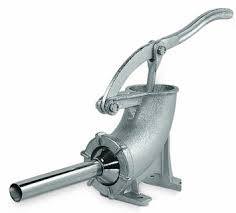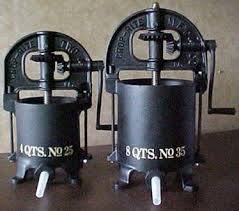How many readers have ever participated in a good old-fashioned outdoor butchering? Probably not many but I’m sure there’ll be a few. Some of these images may be more graphic than you want to see, but at the same time most of us like eating bacon, ham and pork roast.
The first picture was taken on the John Mathias Fauerbach farm in 1910. This farm was located near those of other Fauerbach family members northeast of Maple Hill along the banks of Mill Creek. The photo is owned by the Kansas State Historical Society and is posted permanently on at www.kansasmemory.org. The other photos are just “stock” photos found on the Internet.
John M. Fauerbach was the son of Phillip Martin and Marie C. (Burkhart) Fauerbach and grew up in Monroe County, Illinois where most of the Fauerbach Families lived during the 1850s and 1860s. Philip Martin was the oldest brother of Henry Fauerbach, so John M. Fauerbach was the nephew of Henry and Charlotte (Kemp) Fauerbach. The Fauerbach families re-used family names many times over, so you have to be very careful in trying to determine their relationships.
Here is a brief genealogy chart which may be helpful:
First Generation that migrated from Germany to Illinois:
Mathias and Elte (Jacobs) Fauerbach
They migrated to Monroe County, Illinois before 1850 and were enumerated on the 1850 US Census living there. They were married in Germany before coming to the US.
Second Generation:
Mathias and Elte Fauerbach’s first two children, sons Phillip and Henry, were born in Germany and came to the US as teenagers with their parents. Mathias Fauerbach purchased his own farm in Monroe County, Illinois in 1854 and Phillip worked with him on the farm. Henry, became an adventurer, making several trips to California with horses and freight during the Gold Rush. That is when he passed through Wabaunsee County, Kansas and eventually decided to make his home there.
Third Generation:
Phillip Martin Fauerbach married Marie C. Burkhardt in Monroe County, Illinois and they remained there the rest of their lives. Philip Martin Fauerbach was born in Germany in 1831, one year before Henry. Phillip and Marie Fauerbach’s first and oldest son was John Mathias Fauerbach, who was born in Monroe County, Illinois in1858 and was married there to Mary Ann Kalmer.
They lived for a few years in Monroe County, Illinois but moved to a farm in Maple Hill Township by the time the 1890 US Census was taken. Their farm adjoined that of his uncle and aunt, Henry and Charlotte Fauerbach.
John M. and Mary A. Fauerbach were the parents of seven children:
1. Anna – 1876
2. Franklin Louis “High Pockets” Fauerbach – 1884 – 1933
3. Mary E. Fauerbach – 1886
4. Frances C. Fauerbach – 1888 – 1969
5. William Matthias Fauerbach – 1892 – 1964
6. Bertha Fauerbach – 1895 – 1995
7. Oscar Francis Fauerbach – 1897 – 1979
Frances and Oscar Fauerbach never married and lived on the family farm all of their lives. I remember them well as my father, John “Tim” Clark, used to take me fishing on Mill Creek near their home.
So it is that the photograph of hog butchering shown was taken on the farm of John M. and Mary A. Fauerback about 1910.
Usually hog butchering was done when the weather was cold. Butchering was often a activity of the extended family. Parents, children, aunts, uncles and others would join in to make the hard work just a little easier.
The hogs hanging in photograph one look to have already undergone about three steps in the process. They have been killed, they have been scalded and scraped, and they have been cut in half to allow for “bleeding” and cooling. Many extended families would gather for a long day of work to complete this process. The pigs had to be scalded in kettles of boiling water, and then the hair had to be scraped from their bodies using one of the tools pictured. The meat was then allowed to hang, bleed out, and cool before being cut into bacon, ham and side meat (ribs).
The little building shown is a smoke house. The hams were rubbed with seasoning and put into cheese cloth bags to hand from rafters. The bacon and side meat could also be smoked to preserve it, but side meat was often packed in salt in big stoneware crocks for future use. Sometimes side meat was boiled and canned in stoneware or glass jars to be used in seasoning vegetables or making soup. The family had to keep a smokey fire burning for several days to “cure” the meat. Some of the meat was ground and stuffed into pig entrails. This was not a pleasant job. The entrails had to be completely cleaned and boiled for a short time to kill any possible disease. They the meat was forced into a sausage stuffer, several kinds are shown, and forced into the entrails which were called casings. When filled, they were also hung in the smoke house or packed in salt—but more commonly smoked. It seemed that apple wood and green hickory bark shavings were a favorite but many other kinds of wood were used. Again, this was all hard work.
Farmers always hoped for cold weather for a couple of weeks to make sure the meat didn’t spoil before it was finished. A warm spell, such as has recently been experienced in the Maple Hill area, might have meant that most of the meat would have been lost if it hadn’t been cured or smoked. Once the pork was smoked, then it could hang in the smokehouse or root cellar for a considerable time and provided delicious nourishment for many farm families.
I’d love to hear from any of you that have participated in hog butchering. Are there any recipes for ham rub or cure in your families? Those were the good old days!!
